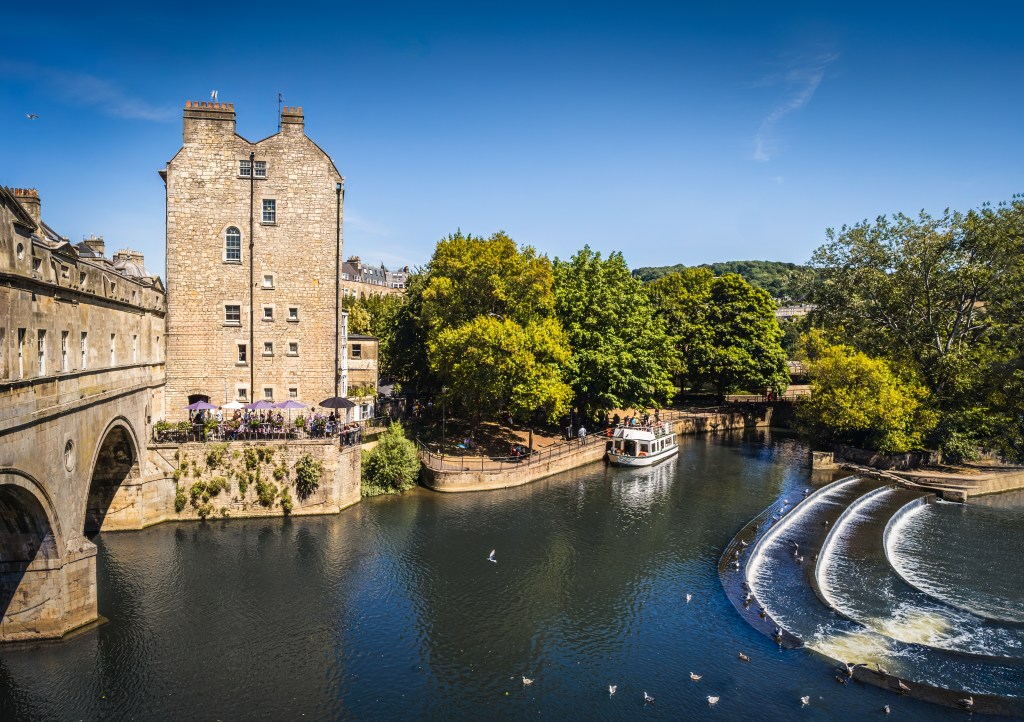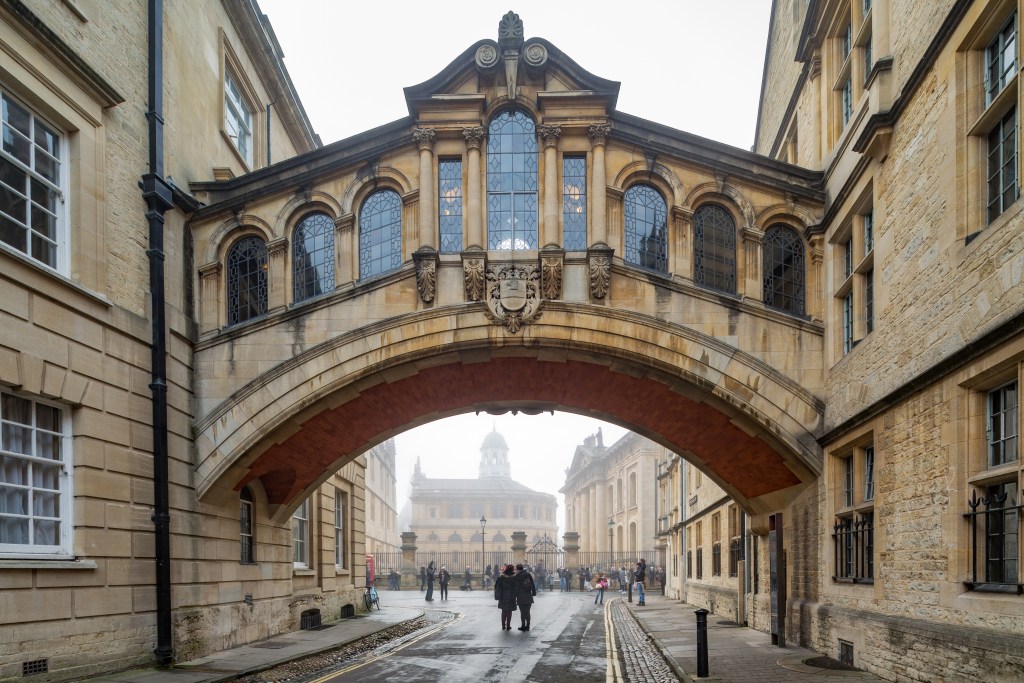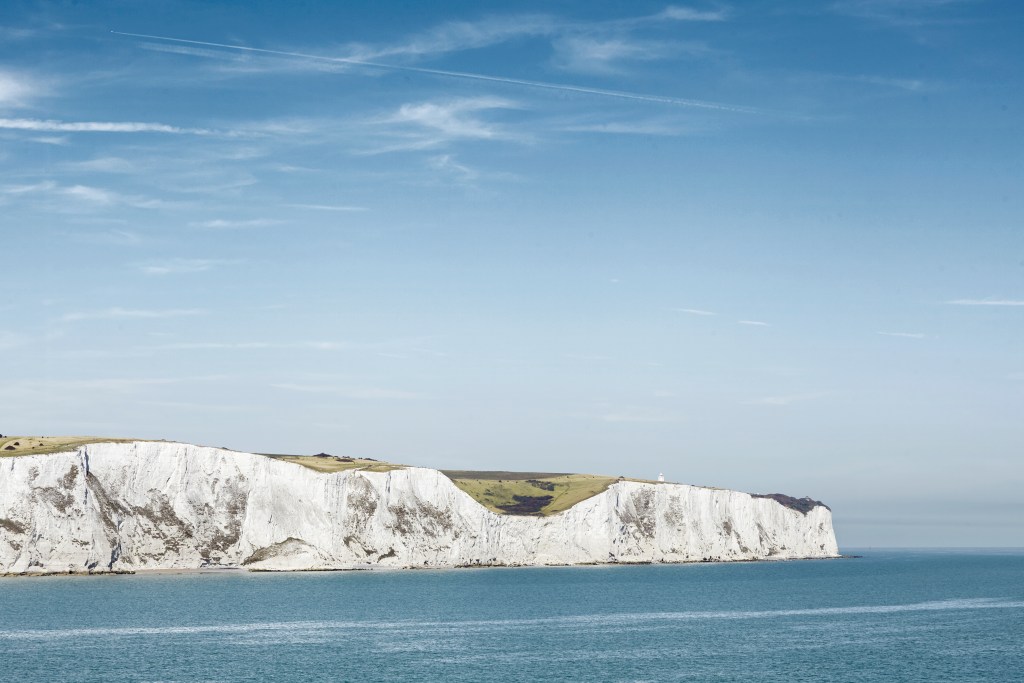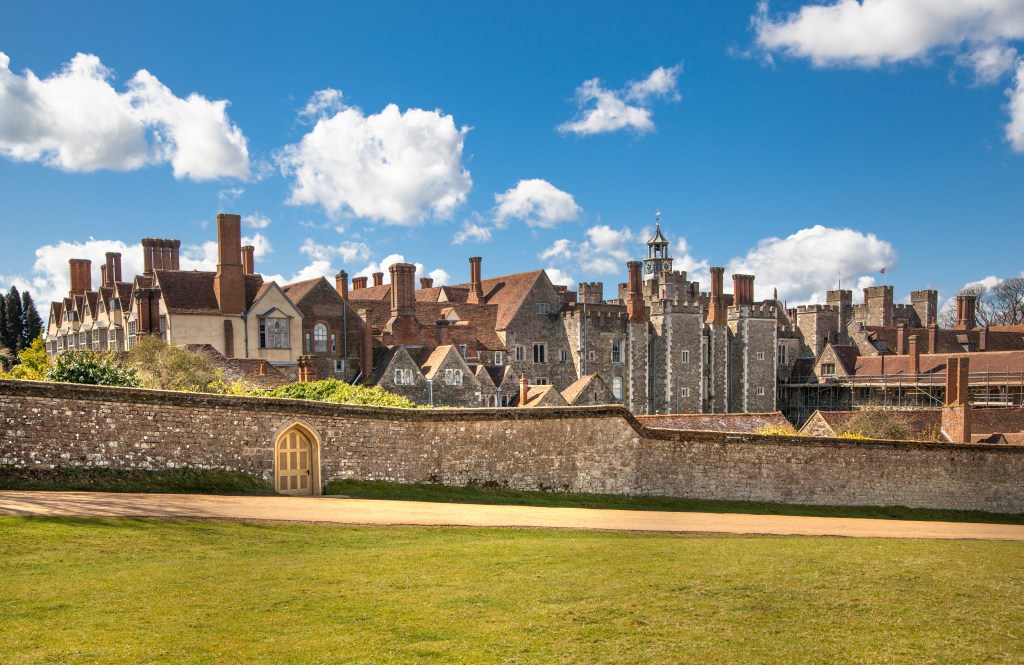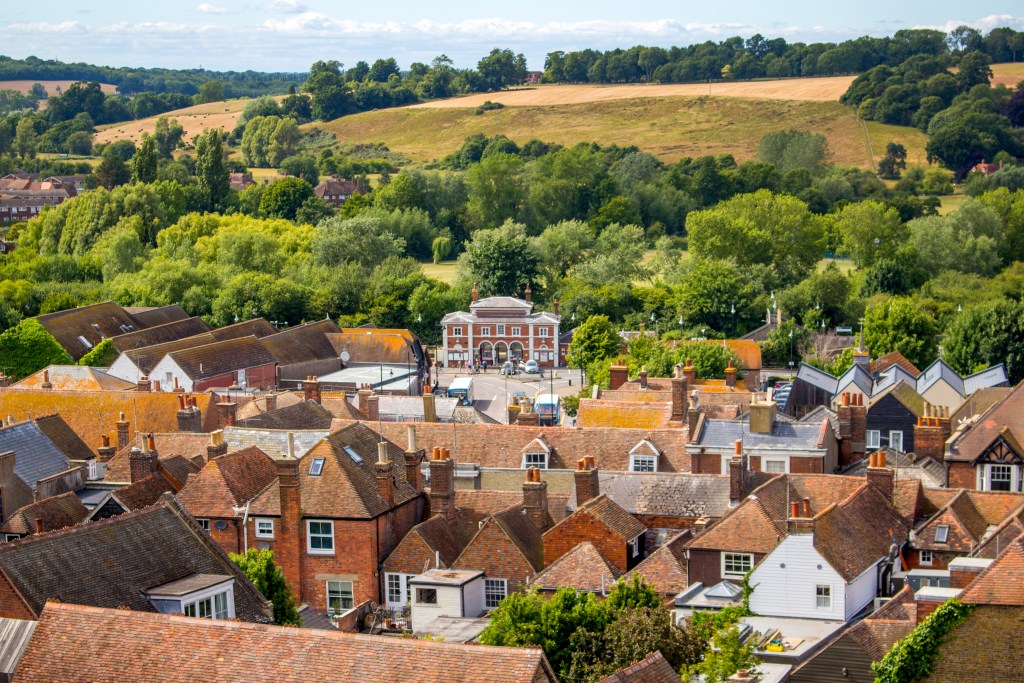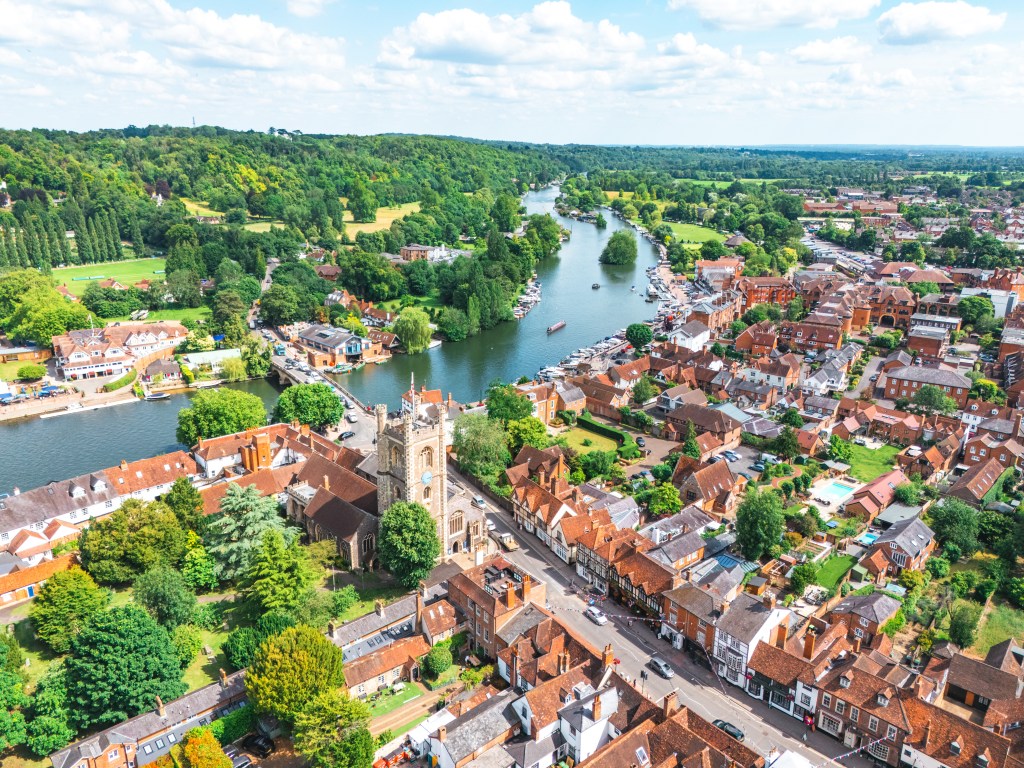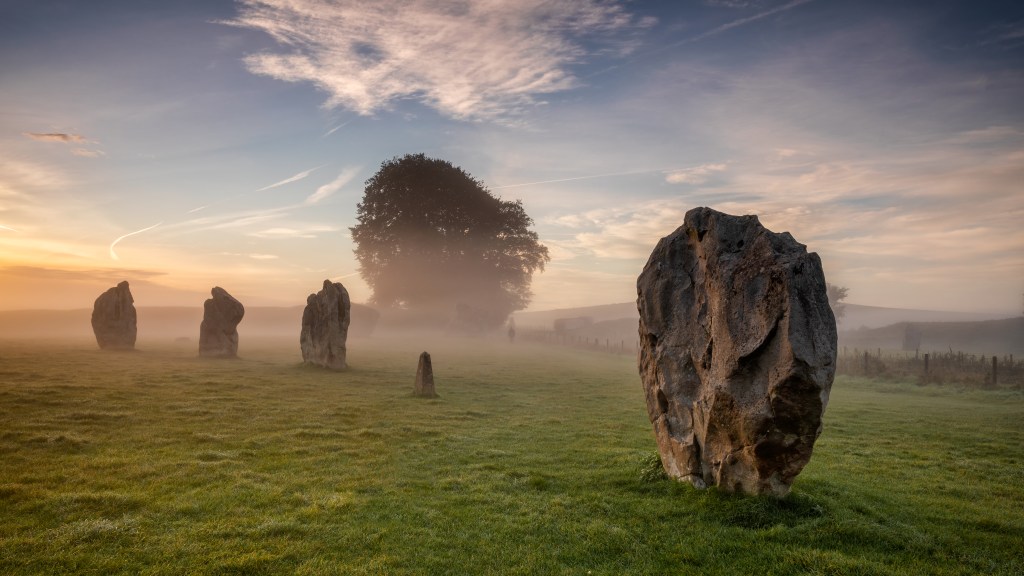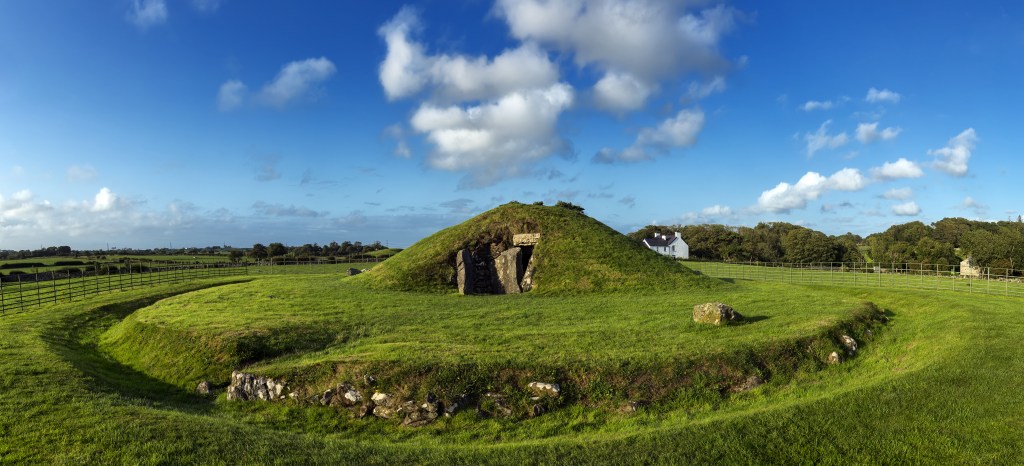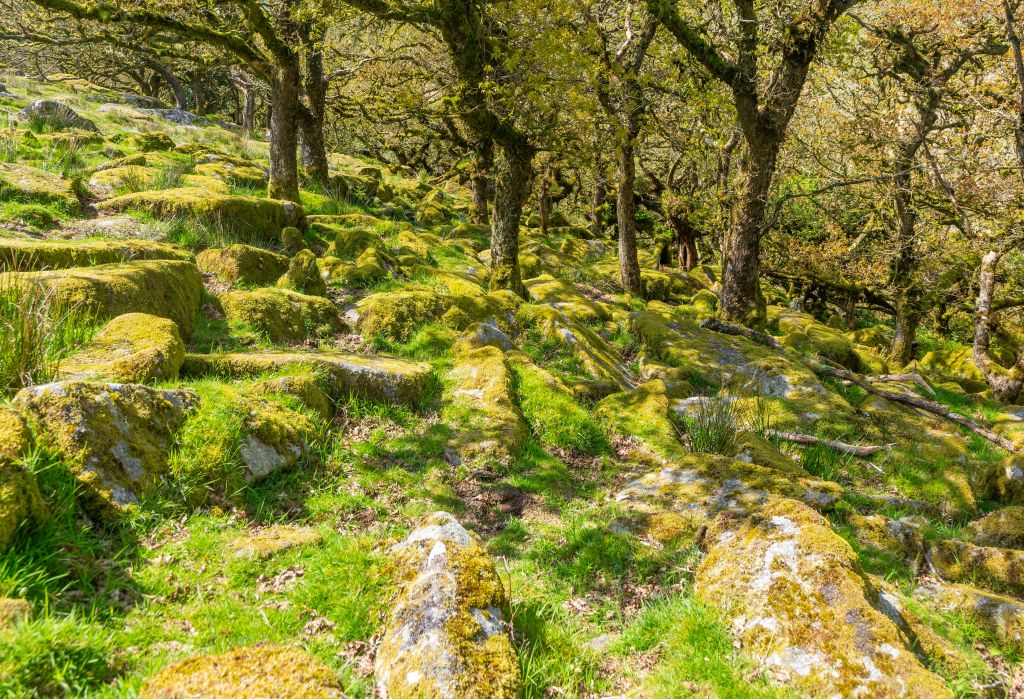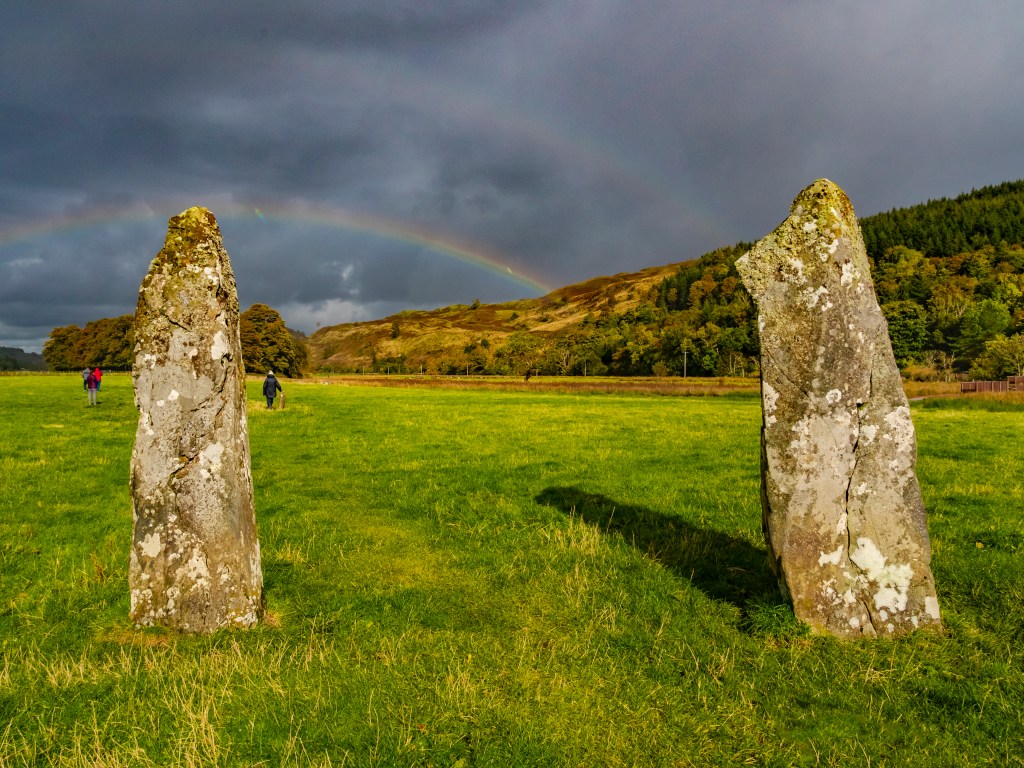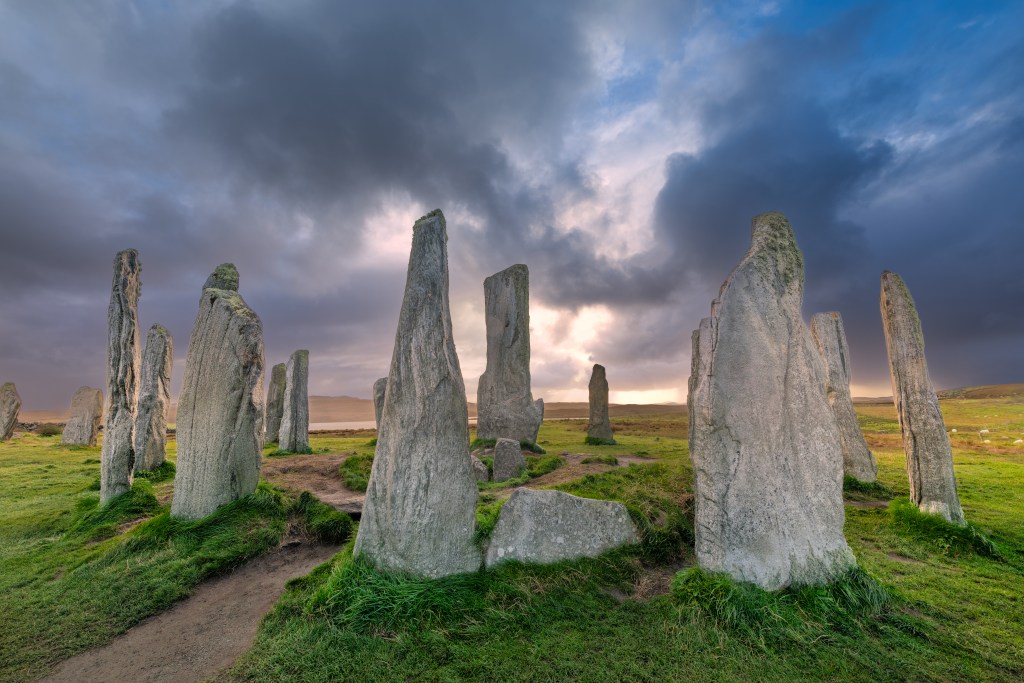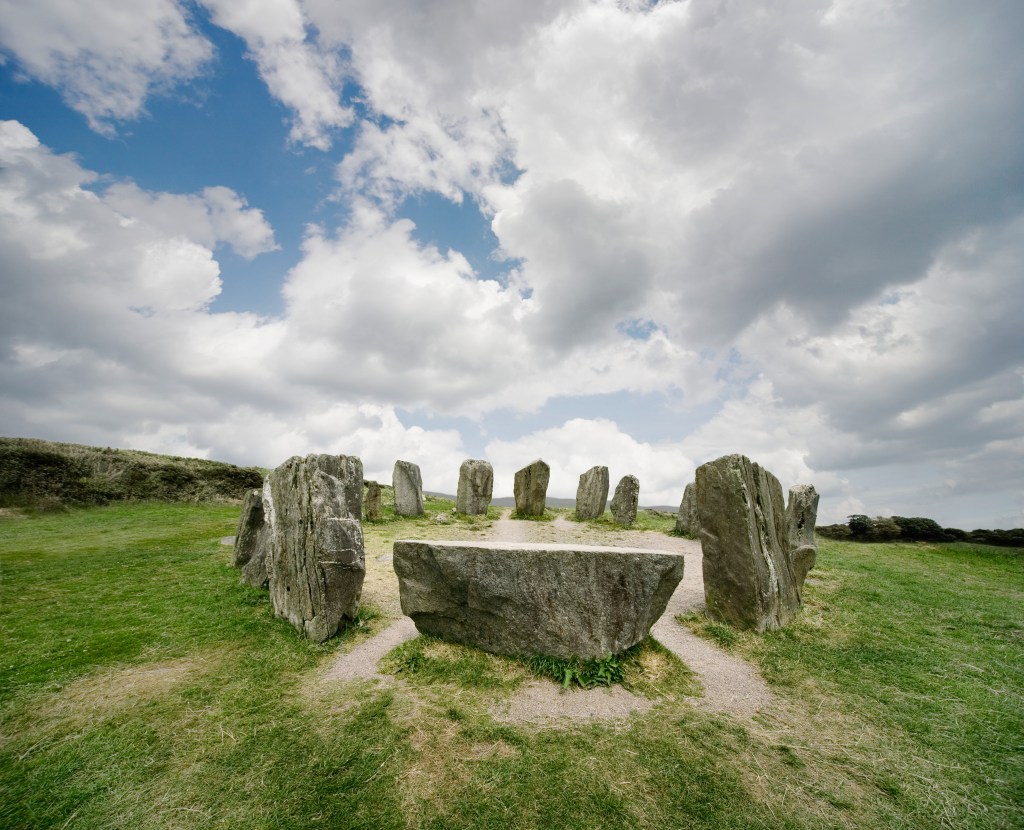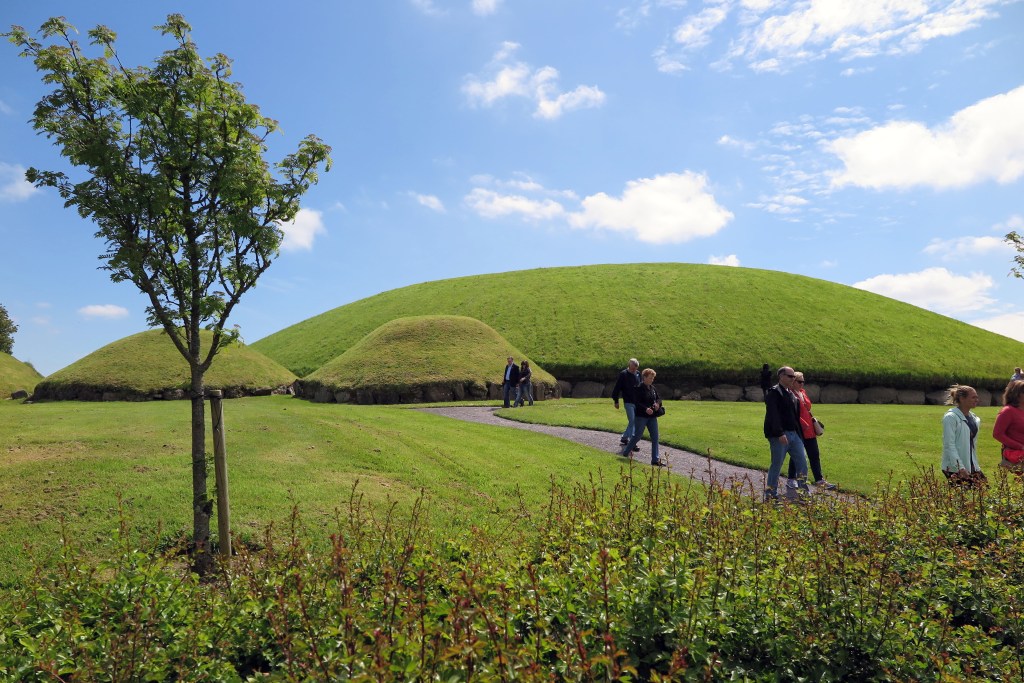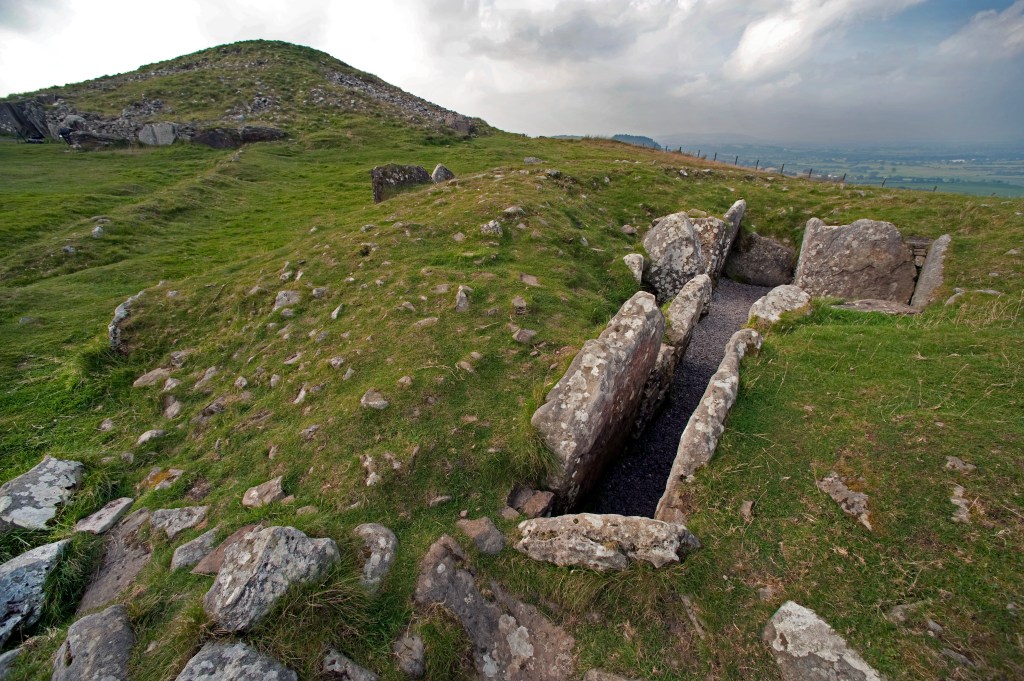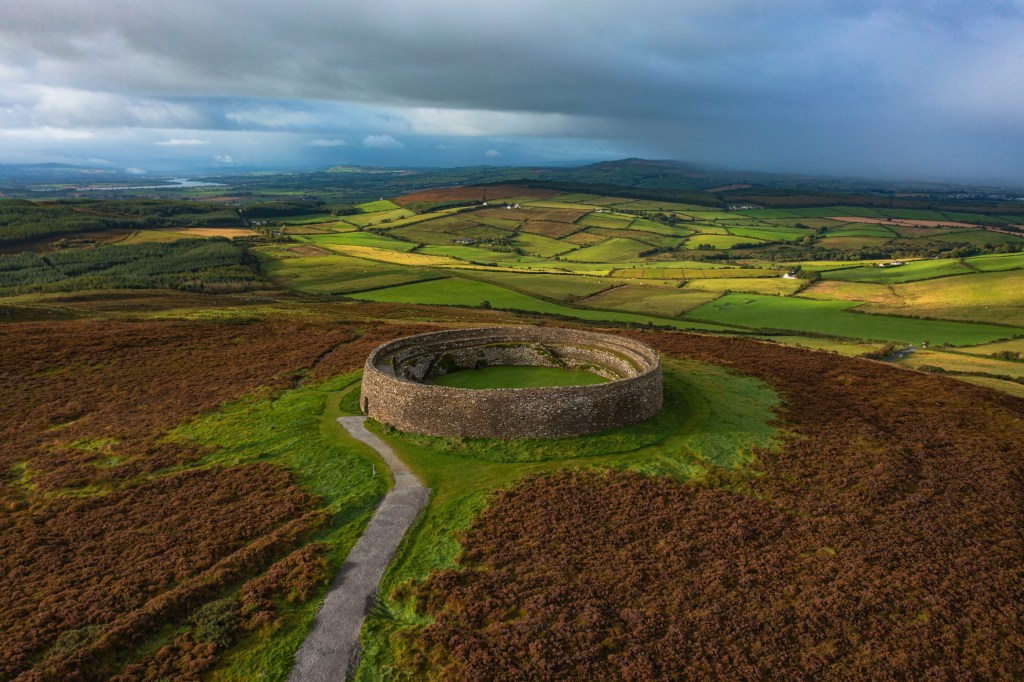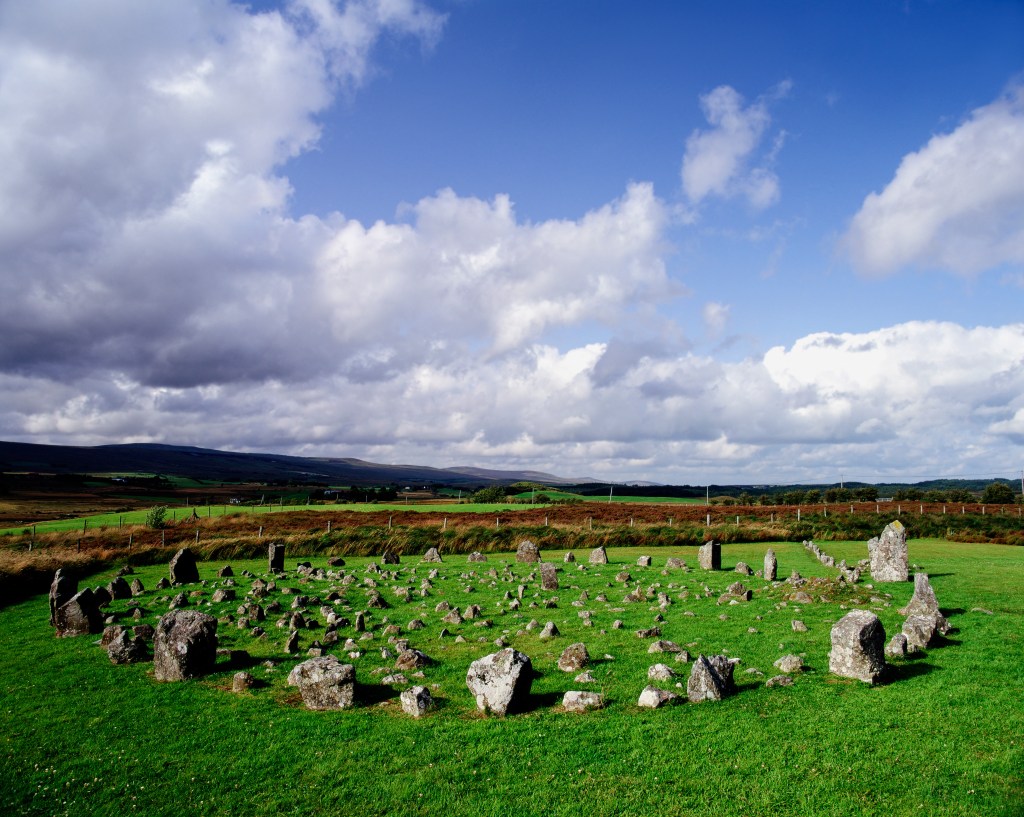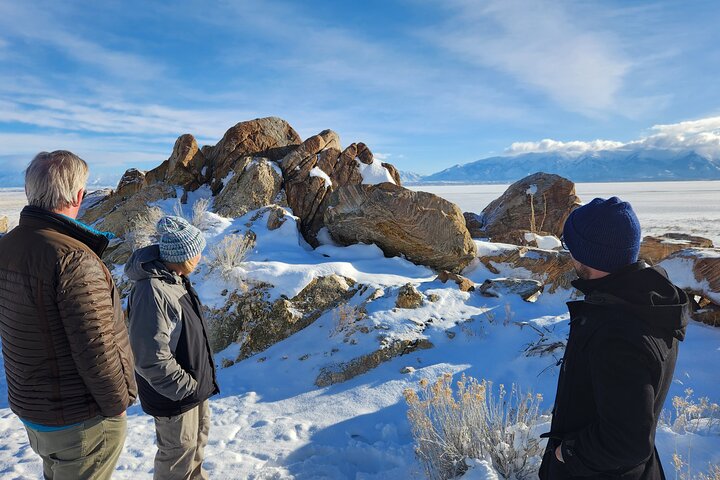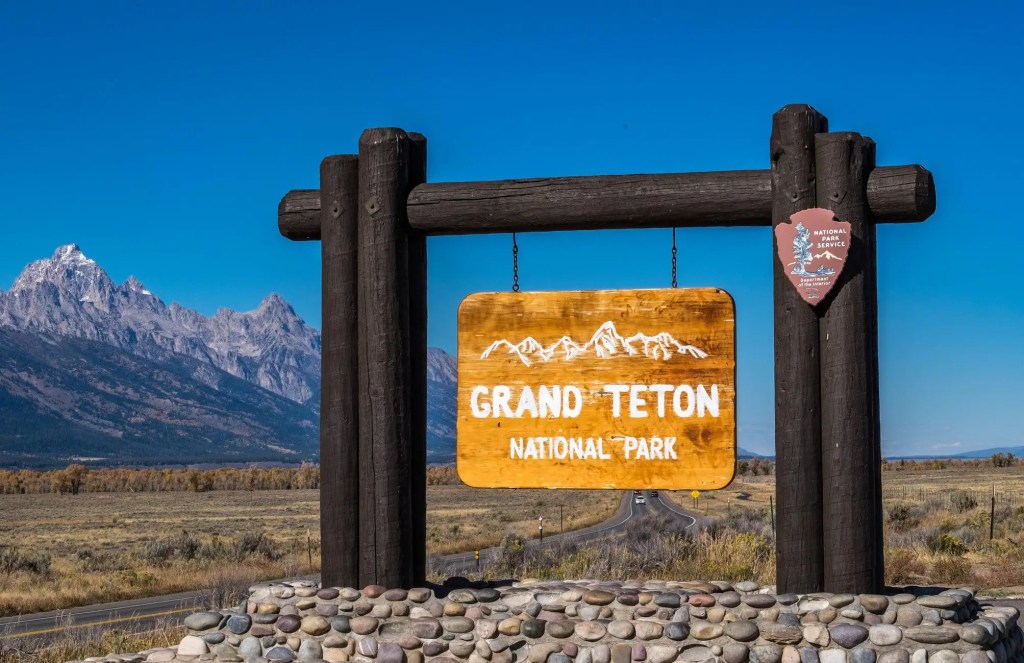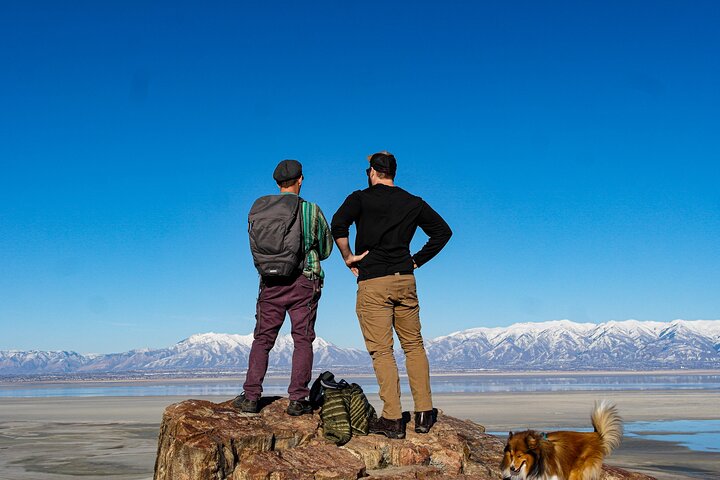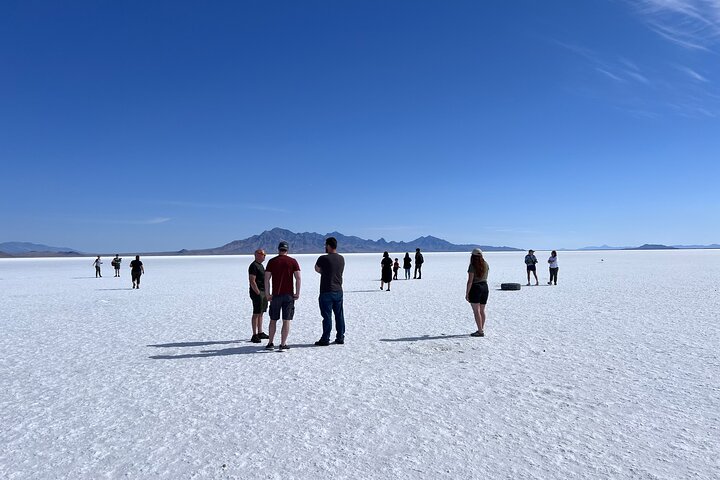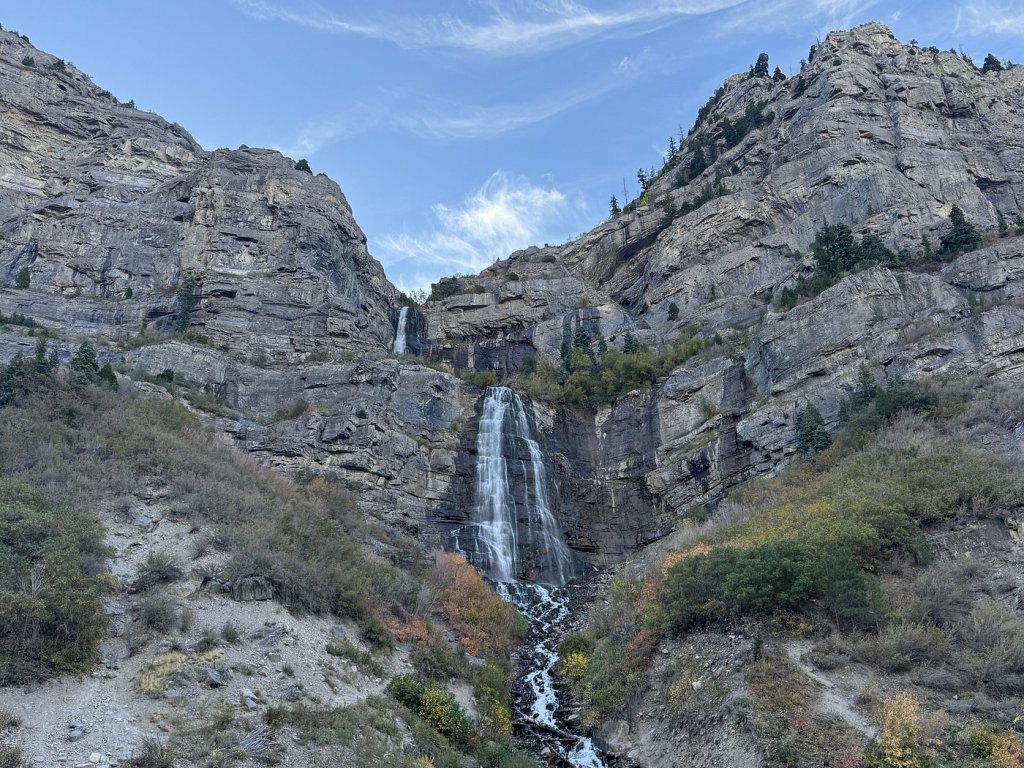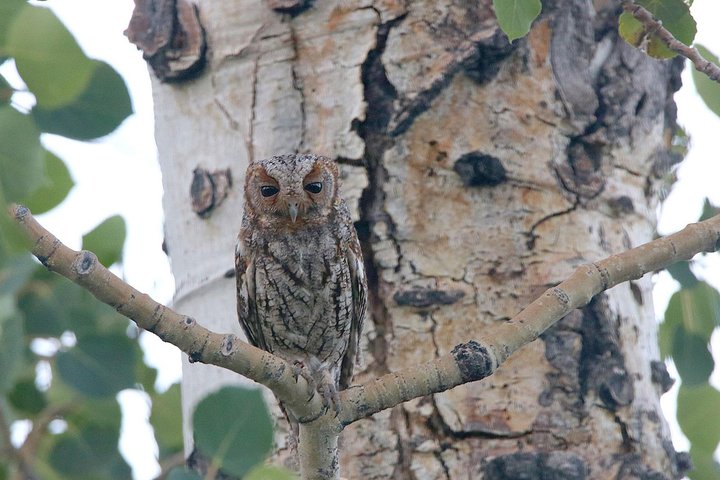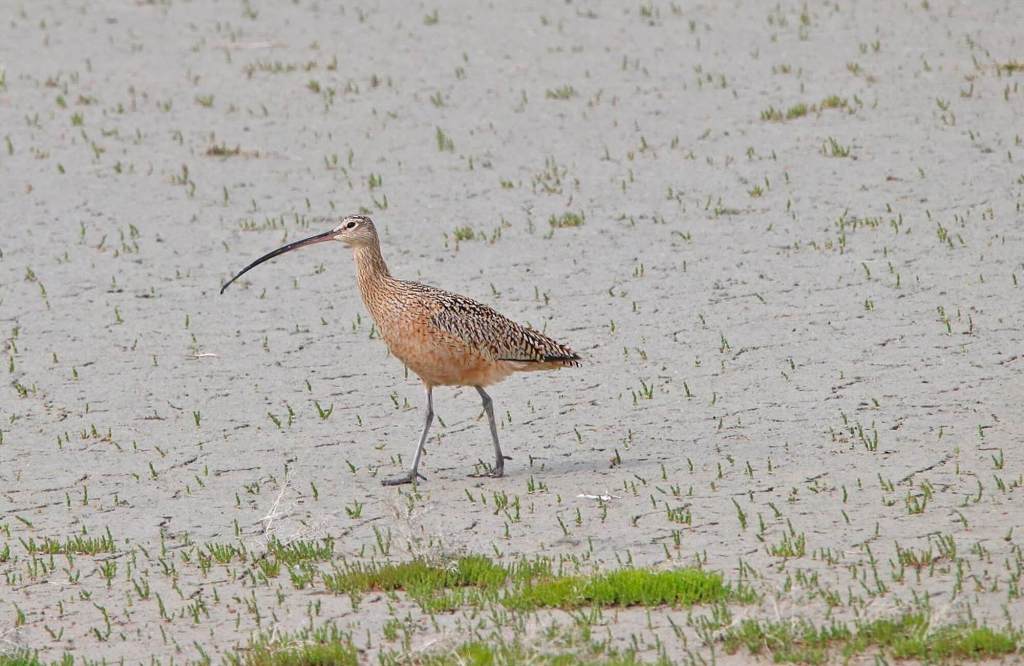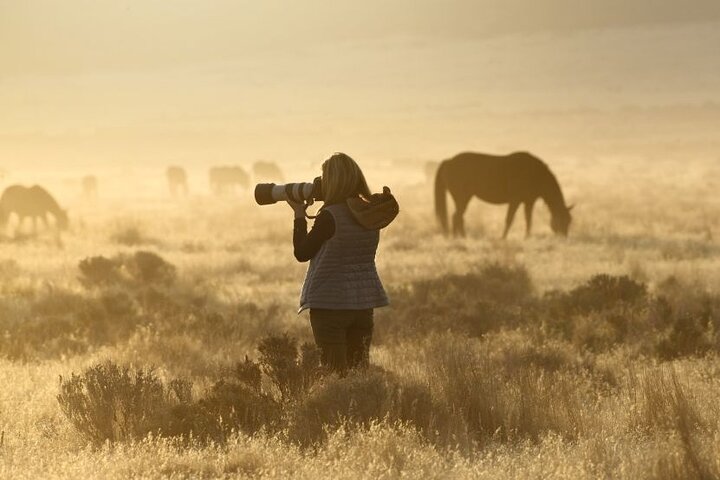Since 2020, Japan has become one of the most popular destinations for Americans who want a dose of culture, inspiration, and that je ne sais quoi factor. (That’s French for I don’t know what, if you’ve been wondering.)
Watching Japan’s quick rise in travel popularity has always tickled me.
As a former student of ethnography, I view Japan as one of the most insular nations in the world—at least, when it comes to culture.
Let me be clear: Japanese people are incredibly kind, devoted to maintaining social harmony, and hardworking. I could keep listing those positive attributes, but I’m guessing you’re already familiar if you’re planning to visit the country.
At the same time, Japan has a pretty strict take on what is and isn’t Japanese.
In other words, there’s a very strong sense of who Japanese people are in terms of culture, language, history, and even—oh, no, here it comes—race.
The Ainu people from Hokkaido, for example, faced social and legal difficulties until the 1980s for diverging from the ‘norm’. Today, only around a dozen Japanese citizens speak the critically endangered Ainu language. In short, there’s a lot going on under the surface of Japan’s kawaii image.
Another great example of Japan’s insular cultural stance is its isolationist history, which was known as sakoku. From 1603 until 1867, Japan’s Tokugawa Shogunate allowed limited interactions with Dutch and Chinese traders. The goal was to preserve culture and prevent religious or colonial influences from taking hold.
Again, I hope I’m not painting a negative picture of life in Japan or Japanese people. Instead, I’m hoping to point out that our impression of life in Japan is one that’s generated by pop culture.
And if you’re visiting the country soon, you might want a crash course in what life in Japan looks like on the ground before boarding your flight.
Here’s what nobody tells you about visiting Japan, in no particular order.
10 things nobody tells you about visiting Japan

People smoke
When I was growing up in Missouri in the 90s, you could still smoke in restaurants. In fact, bars in Saint Louis still have the right to let patrons smoke inside, so long as they don’t sell food. Fast forward thirty years, and smoking sections have become smaller and harder to find across the United States.
That’s not the case in Japan. Not only do people smoke on the streets, but it’s also par for the course in some bars and restaurants.
Chopstick etiquette is a thing
I’m sure we’ve all heard rumors—don’t leave your chopsticks standing up in rice because it means you’re going to a funeral. Something like that.
Here’s the truth: Japanese people will (most likely) know you’re a foreigner and that the standard rules don’t apply. Still, you might want to observe the people around you. How do they use their chopsticks? What don’t they do? Though you don’t need to know the ins and outs, you should know that chopstick etiquette is socially important.
So is saving face
Similar to chopstick etiquette, the concept of saving face is prevalent. At its most basic, saving face is about preserving someone else’s dignity. For example, if someone gets you a gift in Japan, don’t open it in front of them—you’ll be making them lose face.
I highly suggest learning a thing or two about saving face. Even though I studied the concept in Taiwan and Thailand back when I was a student, it’s still pretty hard for me to wrap my head around. Here’s a great rundown from CrossCulture Academy.
Beware of tipping
Tipping isn’t a big thing beyond North America. In fact, you might offend someone in Japan by offering them a gift. Like I mentioned up top, Japanese culture values hard work, meaning a waiter or driver isn’t working for tips. Instead, they’re working for a fair wage and take pride in what they do.
Don’t eat while you walk
Japanese culture places a strong emphasis on mindfulness and ‘being present’, meaning you’ll see people eating a meal and drinking without checking their phones or scrolling. In line with this approach, it’s not common to see people eating (or even drinking) while walking. You won’t go to jail for doing it—but the more you know.
Strong smells are considered rude
Even a strong-smelling perfume, as floral and light as it is, might be considered rude. Just like you want to minimize the amount of noise you’re making on a train and the amount of space you’re taking up, consider ‘nose space’. Even a fragrant deodorant might displease the people around you.
English isn’t that prevalent
English isn’t nearly as prevalent as travelers are made to think. Even if you’re in a major hub like Tokyo, you’ll find that many people speak a very basic level of English. Only tourist destinations and restaurants that cater to foreigners are likely to have staff who speak at a proficient level. That means you’ll have a much easier time on vacation if you practice a few basic phrases.
There are women-only subway cars
Thanks to some poorly behaved men, you’ll find subway cars in Japan that are solely for women. The goal is to keep the car safe even during congested rush hour periods. Hopefully, you won’t have any negative experiences—but just in case you want to stay on the cautious side, know that you can go to a ladies-only car.
Don’t photograph people
I think this should go without saying, but it’s easy to get excited while on vacation and start snapping pictures. However, I’ve had a few friends recently mention they got called out by locals for accidentally photographing them. Taking photographs of people who are living in their day-to-day lives makes them feel like exhibits in a museum.
Use cash—cards aren’t always accepted
Paying by card isn’t always possible, so you should have cash as a backup. Also, just a reminder—you can’t spend dollars in Japan. Even if your hotel accepts dollars, they’ll probably give you an unfavorable exchange rate.
If you drop something, go back—it will be there
One of the best things about traveling to Japan is feeling secure in terms of pickpocketing and theft. The country has an extremely low crime rate when it comes to petty theft. If you’re at a café working on your laptop, you can go to the bathroom without fear of robbery.
In fact, even if you drop your wallet in a busy spot, you can and should go back to check on it—if someone did pick it up, it was probably just to put it in a more visible spot.
Enjoy those toilets
My last factoid: Japan has some of the best toilets in the world. The seats warm up, the bidets are just right, and most toilets come with self-cleaning features. While the bathrooms are usually small, those high-functioning, booty-cleaning toilets make up for the lack of space. Enjoy them to the max.

